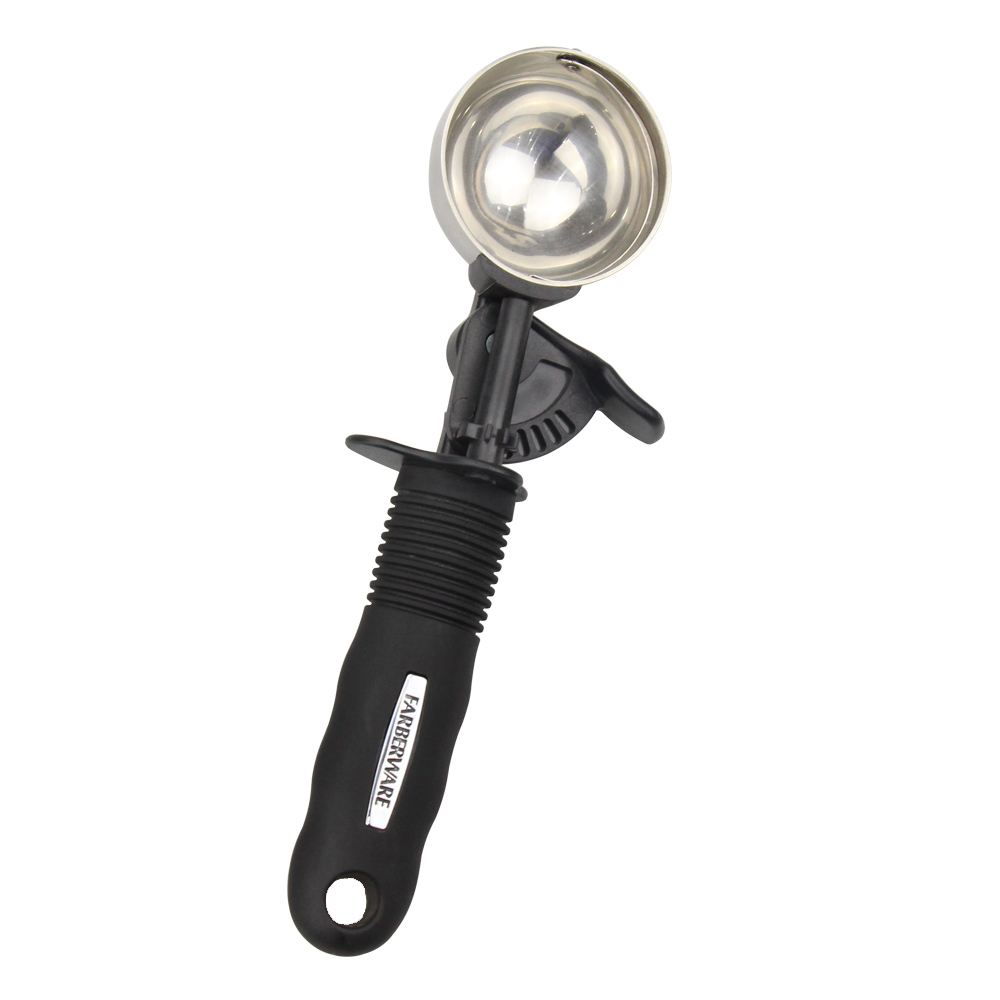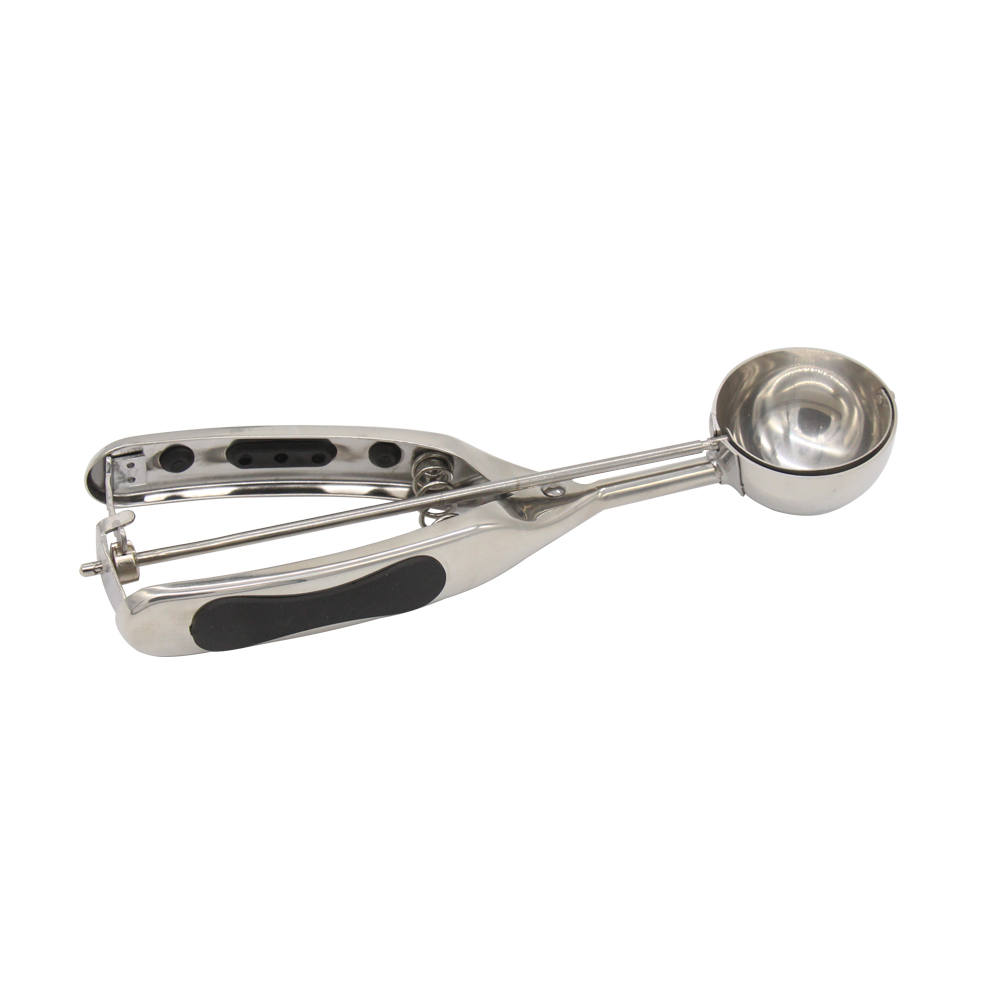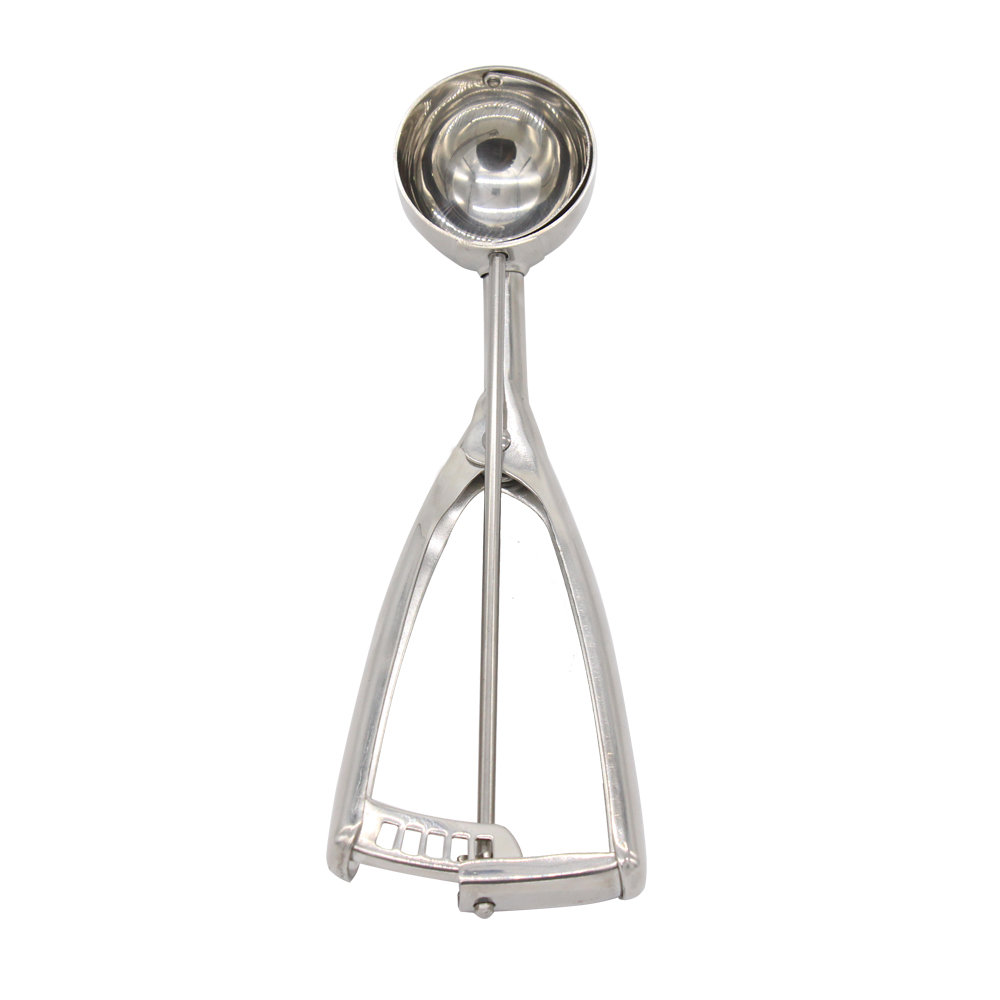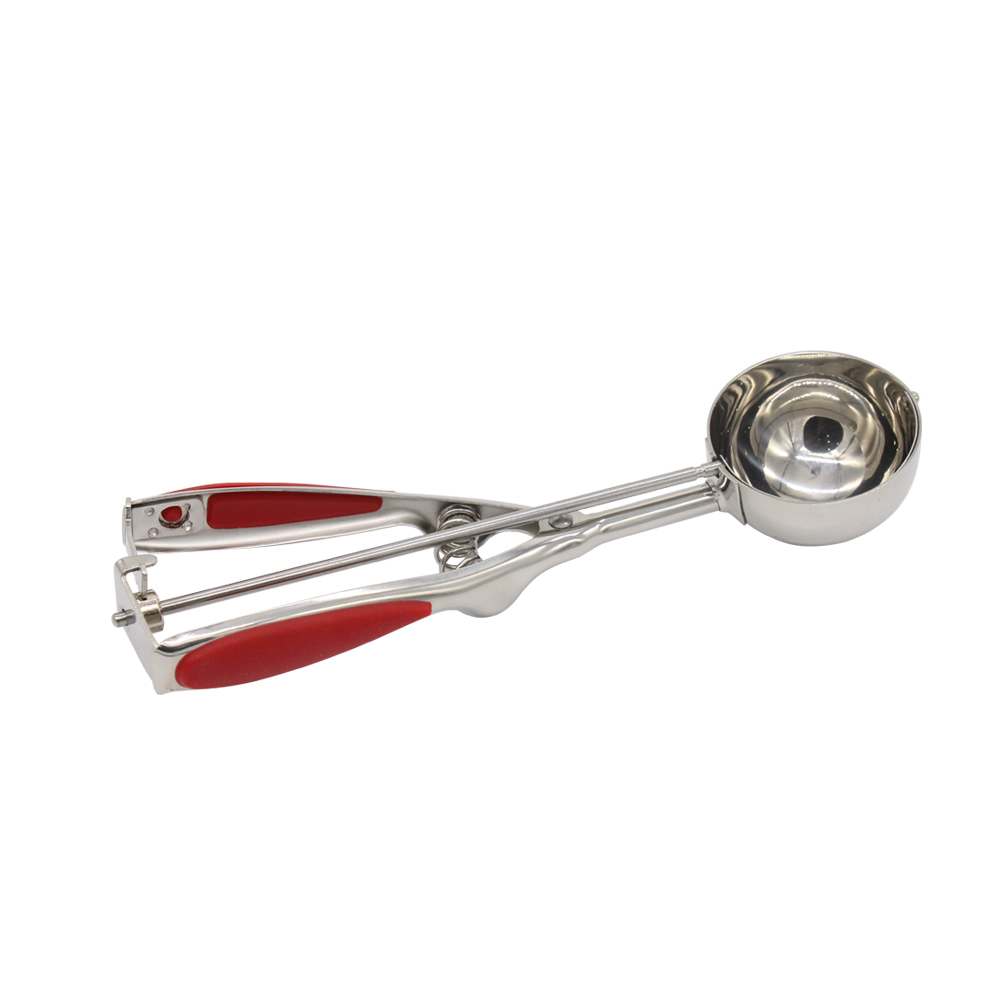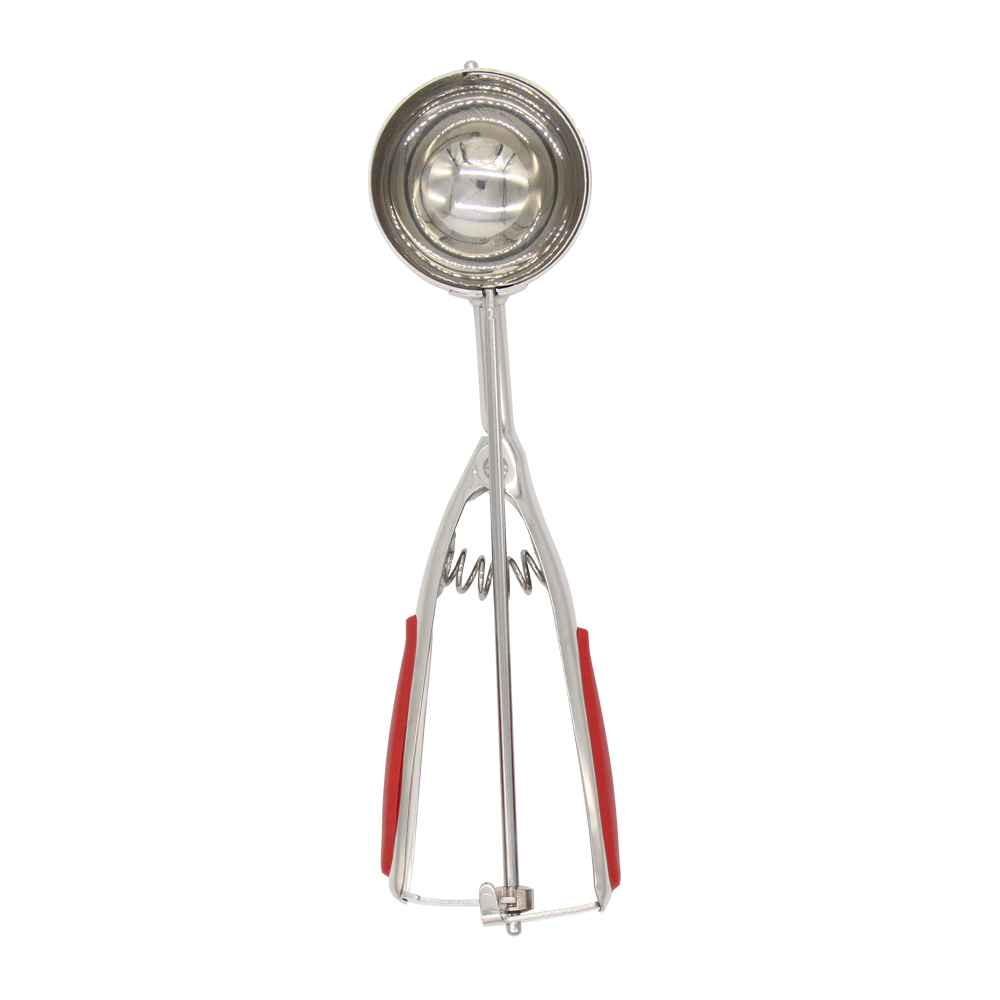The history of rock climbing The earliest climbers were of course ancient humans. It can be imagined that they climbed in a critical moment in order to avoid predators or enemies, thus contributing to the sport of rock climbing. The earliest human climbing record was that in 1492 the French king Charles III ordered Domp Julian de Beaupre, Captain of Montelimar, to climb a limestone tower called Inaccessible, which was 304 meters high. They were carrying simple hooks and ladders. With the experience and skills to the top success. The mountain was later named Mt. Aiguille, the climb became the first recorded and equipped rock climbing event in history. However, for hundreds of years later, history has not left a new record of human climbing. Until the middle of the 17th century, people's activities to climb the mountains began to be recorded again. The glaciers and snow-capped mountains have become the challenge that these early climbers have greeted on their own initiative, and their footprints have covered the Alps. In 1850, climbers have developed some simple climbing tools to help them pass through rock walls and some glacial topography. Such as claw shoes and modified axe and wooden axe, these are now the predecessor of crampons and ice axes. In the Alps, there are others who try to rely on tools but instead use their own bodies to climb the mountains. In 1878 Georg Winkler did not use any tools to successfully climb west of the Vajolet Tower. Although Georg Winkler used hooks and improved his shoes, he was still a pioneer in free climbing. Athletic climbing As one of the extreme sports, rock climbing finally developed into a modern competitive sport. However, at the beginning, rock climbing was used for military training in the military and was not included in the world competition until 1974. The rock climbing campaign is simple to say. It is an activity to climb on the rock wall. However, it is not so simple to really go into practice. In international competitions, climbing is divided into two types: speed climbing and difficulty climbing. Among them, difficulty rock climbing is a climbing competition that distinguishes the merits of the players by the difficulty of the climbing route. The result of the match is judged by the height of the rock reached by the player at the specified time. During the competition, the players are protected by a tether, with ropes climbing upwards and in accordance with the rules of the game. The height of the game's rock wall is generally 15 meters. Lines are set by the linemen according to the level of the contestants. The speed climbing is based on the specified route and distinguishes the advantages and disadvantages with time. In addition to the above two rock climbing methods, indoor rock climbing should be familiar to most urbanites. Indoor rock climbing is to set artificial rock walls with different angles and different degrees of difficulty in a large room, and there are many rock spots of different sizes on the top for people to climb with their limbs by means of rock spots. Although there are safety protection devices such as ropes, iron cables, etc. in the climbing competition, participants are not allowed to use them. Athletes can only rely on two hands and two feet to grab the fulcrum, edges or cracks on the rock surface in order to climb upwards. Because this sport requires courage and climbing skills, this makes the sport extremely exciting. Therefore, people often hailed the sport as "art gymnastics on the cliff" and "rock ballet." The principle of rock climbing Climbing does not require a large group of muscles to perform continuous movements like some endurance sports. It looks more like what you want. However, in the actual operation, rock climbing has many requirements for climbers. There are some basic principles that can be provided to all climbers. First, smooth hands and feet, and can make your movement smooth; second, the sense of balance, sensitivity, softness can better help climb; Third, in the climbing process, endurance is far more important than strength; Fourth, climbing requires the climber to put weight on his feet rather than pulling his arms up. The best condition is to complete the climb with minimal effort. Fifth, try to stay relaxed and relax. With great help, many of the climbs are intuitive, and it is natural for movement to achieve a relaxed mind. Of course, people need to know some basic skills before climbing. Warm-up is very important, and omission of this step is very easy to hurt. The best way to warm up is to jog for 10-15 minutes. If it is outdoor rock climbing, there is no spacious runway near the rock wall in most cases, but the climber can run in place with his knees raised as much as possible, plus jumping and kicking. This will prevent muscle strain during the next climb. In addition, you can practice balance by bouldering. There is not much difference between bouldering and rock climbing. In general, rock climbing height is about 20 meters, while bouldering is limited to 6 meters. In this way, boulders do not need to be equipped with ropes, seat belts, and quick-hanging equipment. Just lay a 30- to 50-cm-thick sea surface pad under the climbing wall to prevent the player from falling off. The players also do not need to bring safety equipment, a pair of rock climbing shoes, a chalk bag to meet the needs of climbers. Being able to return to the ground at any time is an advantage of bouldering, but care must be taken to avoid hurting the ankle. Difficult climbing The birth and development of the rock climbing difficulty level is mainly to adapt to geographical communication and competition needs. If the climber comes to a strange rock climbing site, he needs to have a rough idea of ​​the overall difficulty in order to effectively select the area that suits him. On the other hand, the difficulty level also allows players to accurately measure their own strength, compare their ability with a universal standard, and determine the training direction. The determination of the level of the race route can also make the game more open to the players and the audience. In the 1950s, American rock climbers divided the mountains and rock walls into six levels depending on the steepness and difficulty of climbing: Level 1 is level walking; Level 2 is trekking over terrain; Level 3 is a rope seldom used road that requires little protection; Level 4 is a rope may be necessary that may require rope protection; Level 5 is technical rock climbing, which belongs to our category of rock climbing. Level 6 is direct aid climbing. Corresponding to U.S. standards, the United Kingdom, France, etc. also have self-contained standards. The international rock climbing community has made an integrated comparison to this and has facilitated worldwide exchanges. Now, it is generally believed that the 5.12 player is a medium level, 5.13 is in the advanced stage, and the top player's strongest climbing ability is 5.14 or higher. For rock climbers, the level of the world’s most difficult route has been slowly but constantly increasing, and it has become impossible to climb the routes that are impossible to climb. This is what rock climbers aim for. TIPS Rock climbing body requirements Although the requirements of athletes' physical form for rock climbing are not as high as those for basketball, volleyball, and throwing, they also have their own distinctive characteristics. In climbing competitions, when the span between fulcrums is large, height and arm length will have a clear advantage. In addition, body weight can reflect the body's fullness to some extent. Too heavy weight will directly destroy the flexibility of climbing and increase the inertia of the body and various parts, thus reducing the ability of muscle contraction. Therefore, a rock climbing player must have a corresponding weight in proportion to height in order to obtain a multiplier effect. The best weight for a rock climber = (height -110) x 90%. The basics of rock climbing Grab and grab the raised part of the rock by hand. Hey, grab the rock's edges, crevices, and edges with your hands. Pull on the premise of grasping the front and upper fulcrums, the arm is attached to the rock wall, covering the stone crevice or other terrain. Push, use the side, the rock body or the object below, use the strength of the arm to move the body. Zhang put his hand into the crevice and bent the palm of his hand or finger to grasp the gap in the rock as a fulcrum and move the body. Hey, use the force of the inside of the forefoot or the toes to support the body and reduce the burden on the upper limbs. Cross, use its own flexibility, avoid difficulties, and seek favorable support points. Hang and hold the rock with your toes or heels to maintain balance and move the body. Step up and use the fulcrum on the front of the foot to ease the burden on the upper body and move the body. Types of rock climbing Rock climbing has now developed into three types of exercise: 1. Climb the cliffs. This is very prevalent in Europe and the United States and Japan in Asia, because this is a basic technology that must be mastered by climbers, and thus attracts a large number of mountaineers and rock climbing enthusiasts. 2, leisure climbing (or bouldering climbing). In fact, rock climbing is the expansion and extension of rock climbing. Boulder climbing is more dynamic and practical. 3, artificial rock climbing. Since 1980s, it has been popular all over the world. Because of the inconvenience of climbing natural rock walls, people began to develop artificial rock walls in densely populated urban areas, and most of them are used for competitions.
PERFECT FOR MULTIPLE USES - you'll love using this gourmet scooper to create beautifully rounded balls of ice-cream, melon balls, sorbet, fruit, frozen yogurt, meatballs, sherbets, rice, popovers, canapes, mashed potatoes, gelatos, perfectly portioned cookies, mini cupcakes, pancakes, hamburger patties, muffins, and many more natural healthy meals, snacks and recipes! Also we will send you a bonus FREE recipe PDF to get you started.
Ice Cream Scraper YANGJIANG TOALLWIN TRADING CO., LTD , https://www.toallwin.com